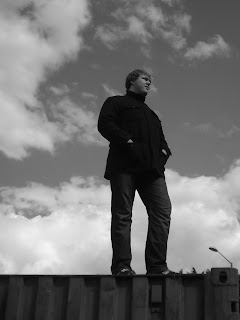Representation
Is the way media Re-presents individuals , groups , events and issues. There are 3 different types of representation : Stereotypes , Archetypes and Counter types.
Example:
Here is an image of Kim Kardashian from a fashion magazine which shows her
beauty. The magazine could be showing how good she looks and why people could heir her for a job in presenting TV.
Then we have this image of Kim Kardashian with no make up on , which has been taken and been put in
ttabloids to destroy her reputation of being beautiful , which can have an impact on the life career this could shop people from hiring her for a job in T.V or film.
Stereotypes
Media institutions use stereotypes because the audience will instantly understand them. Think of stereotypes as a visual short cut. They're repeated so often that we assume they are normal or it is the truth.

For an example when someone talks about a cop you automatically see and image in your mind of a big guy eating donuts , because when we watch T.V like the Simpson's the cop is always eating donuts or in any film the cop is either eating them or out to buy them.

For an example when someone talks about a cop you automatically see and image in your mind of a big guy eating donuts , because when we watch T.V like the Simpson's the cop is always eating donuts or in any film the cop is either eating them or out to buy them.
Archetypes
This is the ultimate stereotype for example - the white stiletto wearing big busted , brain less blond bimbo.
Counter types
A representation that challenges traditional stereotypes associations of groups , people or places.







